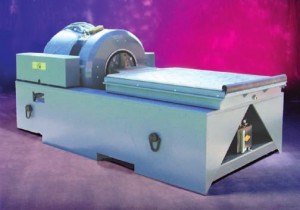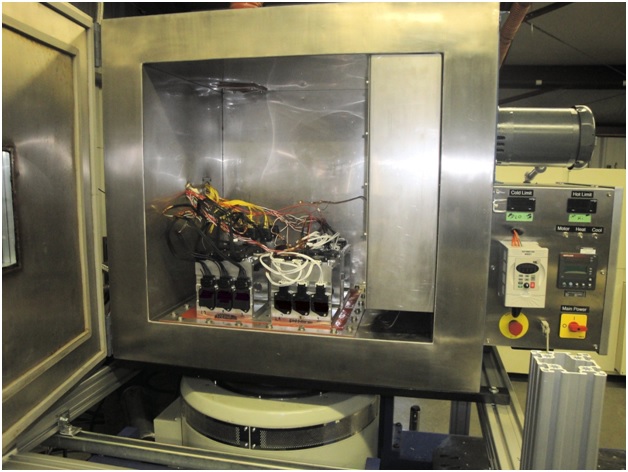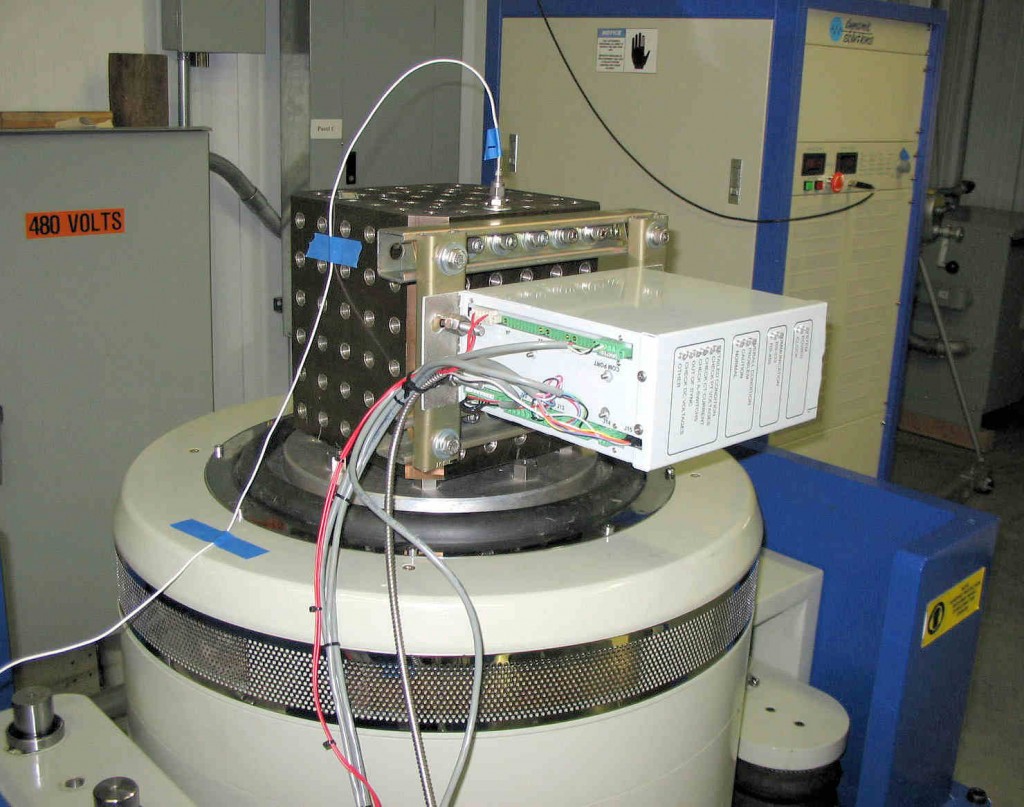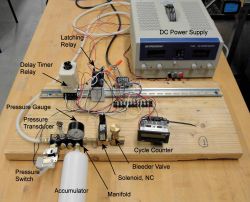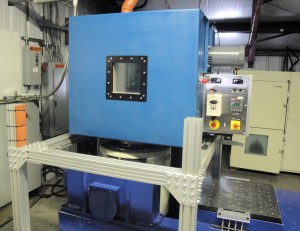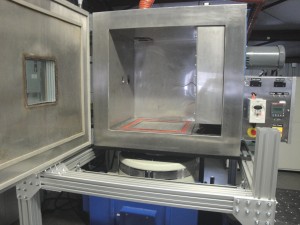 The brilliant scholars at CalPolyTech have diligently evaluated and assessed the Fundamentals of Vibration Measurement and Analysis in a way that even lay persons can get a grip on the fundamentality of measuring vibrations for differing purposes and projects. This reference for comprehending the physics behind the elemental vibration measurement and analysis will prove invaluable to the product managerial departments, industrial engineers, developers, and all with decision making power in the testing or product development field.
The brilliant scholars at CalPolyTech have diligently evaluated and assessed the Fundamentals of Vibration Measurement and Analysis in a way that even lay persons can get a grip on the fundamentality of measuring vibrations for differing purposes and projects. This reference for comprehending the physics behind the elemental vibration measurement and analysis will prove invaluable to the product managerial departments, industrial engineers, developers, and all with decision making power in the testing or product development field.
See Sinusoidal and Random Vibration Testing Primer for a more technical explanation of sinusoidal vibration testing.
See Sinusoidal Vibration Testing to learn more about the different types of sinusoidal vibration testing.
Continue reading Sinusoidal Vibration Basics →
